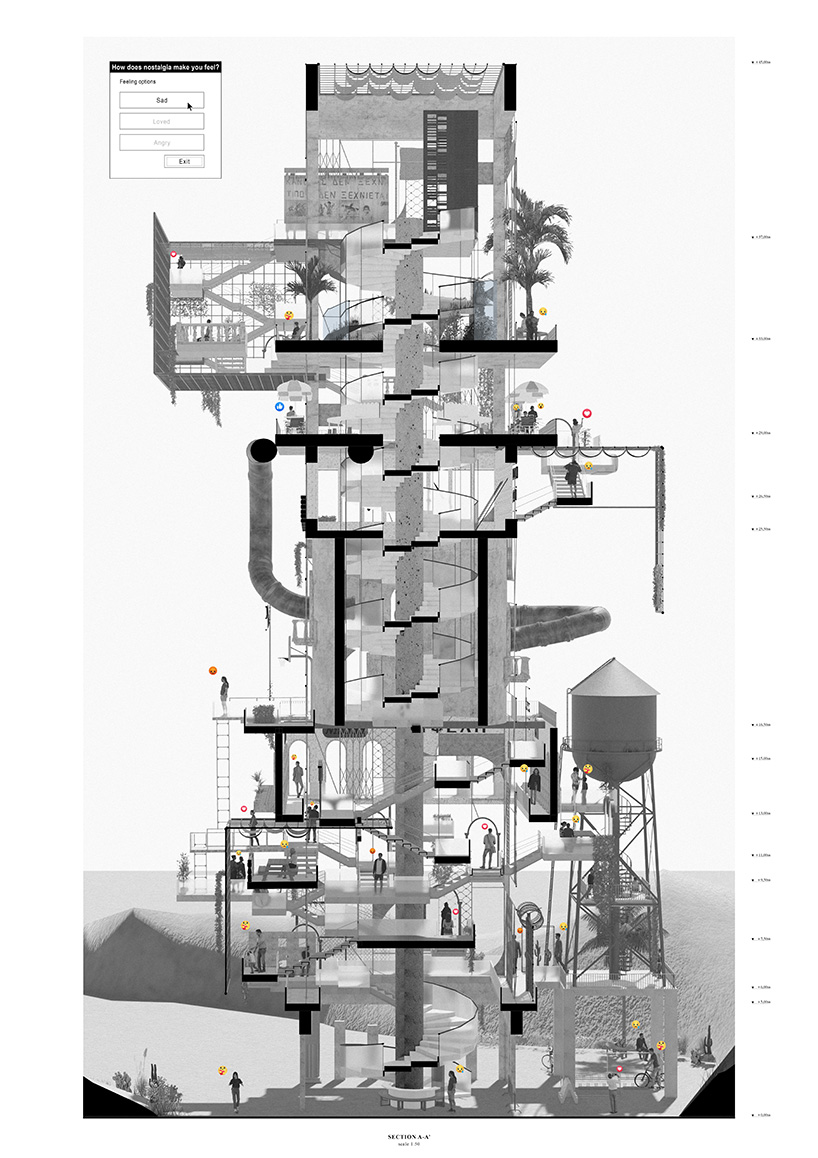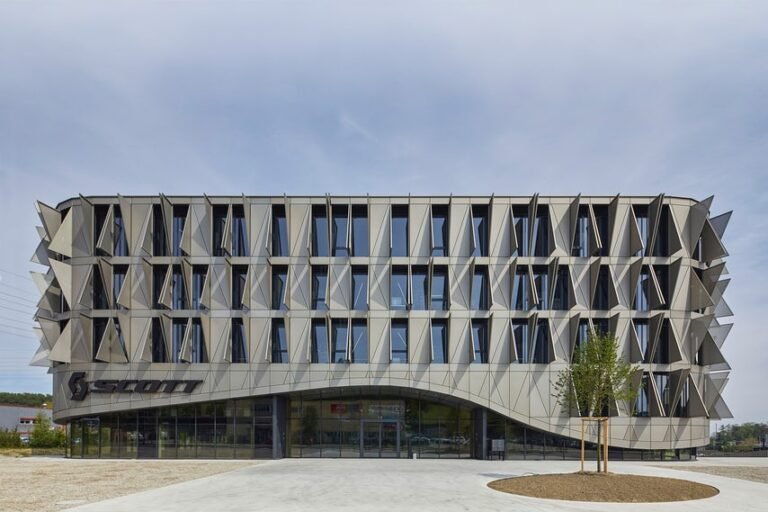georgia theiakou’s nostalgic thesis awakens fragmented memories of abandoned varosha
Georgia Theiakou enriches fragmented memories of varosha
Seeking to revive the fragmented memory of the ghost town of Varosha in Famagusta, Cyprus, Georgia Theiakou presents the textbook, ‘Manual of Memorizing a Forgotten City’. The thesis explores the identity of the once-thriving city that was invaded and abandoned in 1974, reforming a sense of reconnection between its previous inhabitants and the city itself, and exploring the notion of memory to imagine the past. A series of four evocative issues, five souvenirs, a building, and 3D printed items and blueprints, together awaken and enrich the collected fragments of emotionally clouded memories of the refugees who fled the city 48 years ago.

all images by Georgia Theiakou
the thesis awakens and evokes experiences of the past
As a child of refugees who fled Famagusta during its occupation, Georgia Theiakou began with questioning her own image of Varosha built up of incomplete stories shared by her family. Her research was sparked by a curiosity to imagine what the lives of her displaced relatives and the rest of the refugee community would have been like in Famagusta today had it not been invaded. The manual further explores the artist’s own identity and her connection with the city, through a process of retrieving, storing and repurposing her collected information.
The multimedia ‘Manual of Memorizing a Forgotten City’ aspires to be a way of representing memory, essentially proposing a different reading of Varosha through an archive of information based on narrative and interaction, combining the digital with the analog space. The research poses a series of questions, including: ‘How can this city fully recover while its dilapidated buildings are still a permanent reminder of the past? How important is it to highlight the social aspect of the problem so that the city can recover its discredited historical and cultural power and the dignity of its inhabitants?’.
Moreover, the project provokes a commentary on the prevailing regime of the existing abandoned city. It acts as a capacitor of the fragments of the shared memories of its previous inhabitants, and considers: ‘Is our memory a way we process and accumulate experience? Are we imagining the past? Could these objects be closer to us and touch us more than we think?’

caption
a process of combining the digital and analog spaces
‘The image of the city is one of the biggest pressures this city can take. A pressure from residents to revive the image they have of this city’, explains Georgia Theiakou. ‘The last memories that have accompanied the refugees for so many years, make it more difficult to overcome this image because it can be seen as abandoning the dream of return’.
‘In the forty-eight years that have passed, these people have relocated to different places. They have raised their families and lived more than half their lives elsewhere. However, they still call Varosi their home. When I ask a relative for a story, it’s quite interesting how they all feel very confident before they start telling. And yet, along the way, it shows how difficult it is to narrate something that was supposed to be so familiar to them. Although the stories differed, the similarities in the memories were clear’, she continues.

caption

caption

caption


